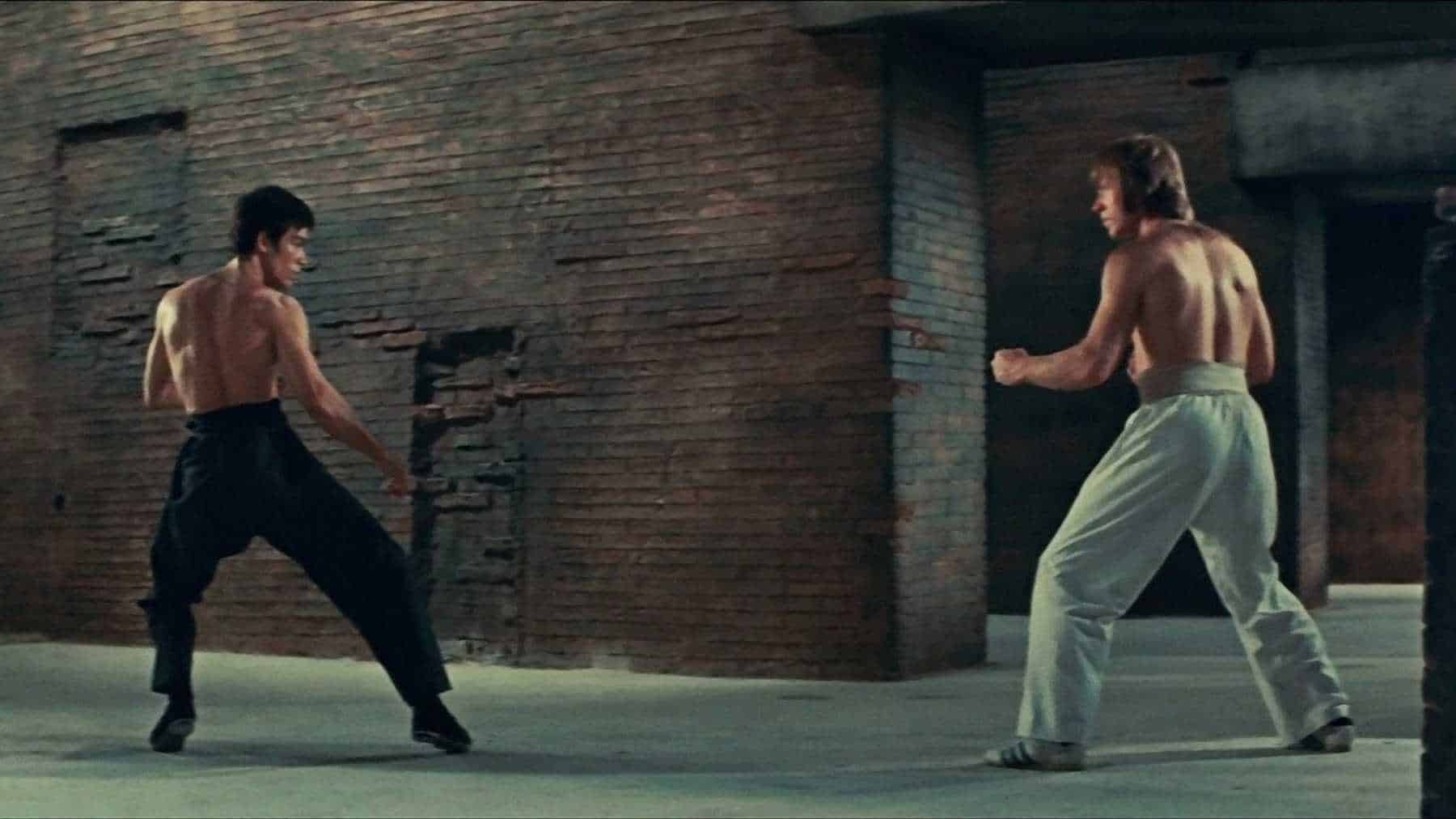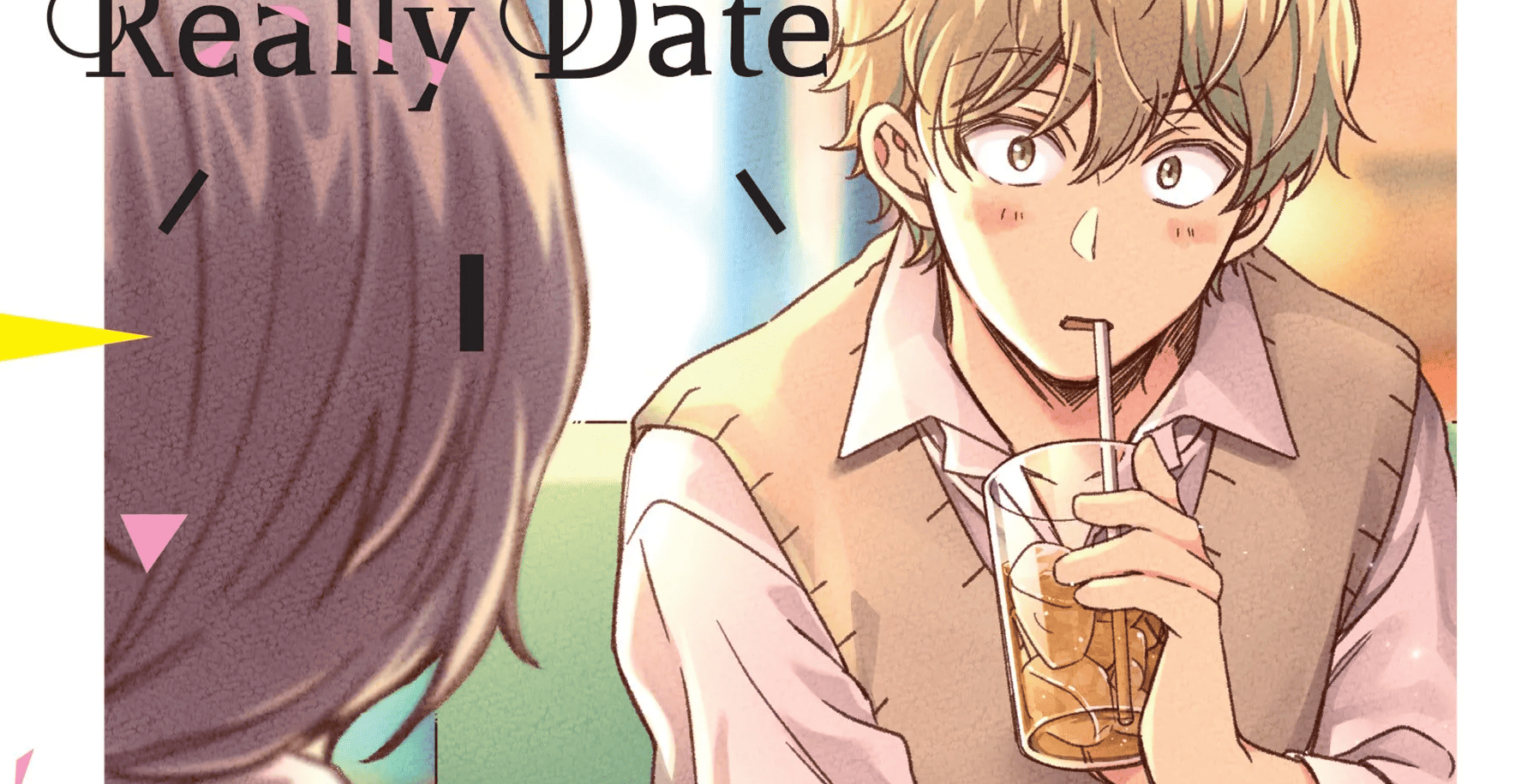Based on a light novel series written by Daisuke Aizawa and illustrated by Tozai that was then adapted into a manga and finally into an anime, “The Eminence is Shadow” is another isekai title, which manages, though, to stray quite away from the “norms”, for a number of reasons.
Ever since he can remember himself, Minoru Kagenou wanted to become all powerful. This relentless pursuit has driven him to engage in arduous training regimens of various kinds. However, his aspirations do not stem from a craving for recognition; instead, Minoru seeks to blend seamlessly into the masses and control everything from the shadows. By day, he masquerades as an utterly ordinary student, but come nightfall, armed with a crowbar, he fearlessly confronts local biker gangs, leaving them in a state of disarray. Yet, fate intervenes when Minoru finds himself entangled in a fateful truck accident, seemingly bringing an abrupt end to his ambitions. In his final moments, he laments his powerlessness, realizing that no matter how diligently he honed his skills, the confines of human limitations remained insurmountable.
Unexpectedly, rather than succumbing to death, Minoru awakens as Cid, the second offspring of the noble Kagenou family, but in an entirely different realm—a world where magic flows as effortlessly as breath. The power he had yearned for is finally within his grasp. Embracing the moniker “Shadow,” he forges Shadow Garden, an assembly dedicated to combating the enigmatic Cult of Diablos, an organization born from Cid's very imagination. However, as the ranks of Shadow Garden swell with members, all of which seem to be quite strong and quite beautiful women, and its influence burgeons, a disquieting truth unveils itself: the Cult of Diablos is far from the fictional construct Cid had envisioned. In fact, it seems that a number of conspiracies are taking place in the Kingdom, all of which have Diablos in their center.
Check also this interview
The aforementioned is just the beginning of a story about a young man who becomes unbelievably powerful, but still strives to remain in the shadows, boasting the persona of an NPC as he frequently mentions. This second goal of his, apart from dismantling the cult of Diablos, proves even more difficult, particularly as his organization grows exponentially with time, in what becomes, in all purposes, also a cult.
“The Eminence in Shadow” begins as something of a school drama with a bit of action, but his only lasts for the first episode, as by the second one, Minoru has become Cid and is living in a sword-and-magic world, trying, since infanthood, to both become all powerful and keep his strength and plans a secret. This second aspect is essentially what makes the anime so unique, as its protagonist's biggest effort essentially is to stay in the background. The analysis of this rather unusual main character gains the most by this aspect, particularly in the way Kazuya Nakanishi presents, through narration, what is on Cid's mind. Furthermore, the fact that, frequently by chance, his cover is always close to blow up and he has to go to extremes to continue appearing as a wimp, is the main source of a comedy that is much more intelligent than the usual pedantic type that are so common for anime.
Also of interest is the way Cid creates and develops Shadow Garden, whose key members are called by Greek letters according to their rank (Alpha, Beta, Gamma etc) and essentially idolize him, considering all his decisions correct and constantly striving to help him, even without him knowing. That the whole organization functions like a cult, also in the way it manages to amass money and diversify into real estate and commerce, is one of the most intelligent aspects here, which can also be perceived as a critique on such organizations. Lastly, that the group benefits by Cid's introduction of products like chocolate and coffee, is another rather intriguing concept of how innovation can be implemented in entrepreneurship.
This aspect, and particularly the way the members are recruited brings us to the second central genre of the narrative, that of the harem, as we watch a number of girls lusting for Cid, either from the shadows or in plain sight, with the antagonism between them eventually ever reaching the ranks of the Garden. This element is also the main source of fanservice in the series, which is definitely turned up a notch after the inevitable public bath scene in episode 10, where the focus on the bosom of a number of protagonists gets much more intense. In that fashion, Makoto Iino's character design works quite well throughout the 20 episodes of the series, with the two instances of the protagonist (dull and unremarkable as Cid, phantasmagoric as all-black Shadow) creating a rather appealing antithesis. The plethora of women have their distinct characteristics in their majority, but I felt that after a point, too many of them started looking the same, as fair and occasionally sultry elves, with their only difference essentially being the color and style of their hair. On the other hand, Nakanishi spends enough time with the protagonists in order to make them stand out due to their background if not their sketching.
The last main aspect of the series is the action, which is also impressive, in a style that will remind of “One Punch Man” considering that Shadow is essentially the strongest in the particular world, on a rather different level than everyone else. The shonen elements, of more and more powerful foes appearing, as much as the tournament, are present once more, but Nakanishi has taken care of making them organic parts of the narrative. The way that some of the women end up becoming members of the Shadow Garden for example, or the secret participation of Cid in a tournament that signifies a change in demeanor both result in impressive battles and add to the overall context.
In terms of execution, the variety becomes more and more intense as the story progresses and more formidable foes appear, while the inclusion of members of both cults definitely helps in that regard. The animation by Nexus finds its apogee in those scenes, with the one in the underground hideout and the final one against two foes being as imposing as they are different. The background drawing is quite detailed, with the antithesis of the bright colors of the day and the shadows of the night creating another appealing antithesis here. The overall approach in the coloring is bright and shiny though, with the aforementioned fairness of the female characters adding to this approach.
“The Eminence in Shadow” is one of the most intelligent and layered isekai titles we have seen lately, while the action and the humor take care of the entertainment the series offers, in one of the best anime this year so far.















